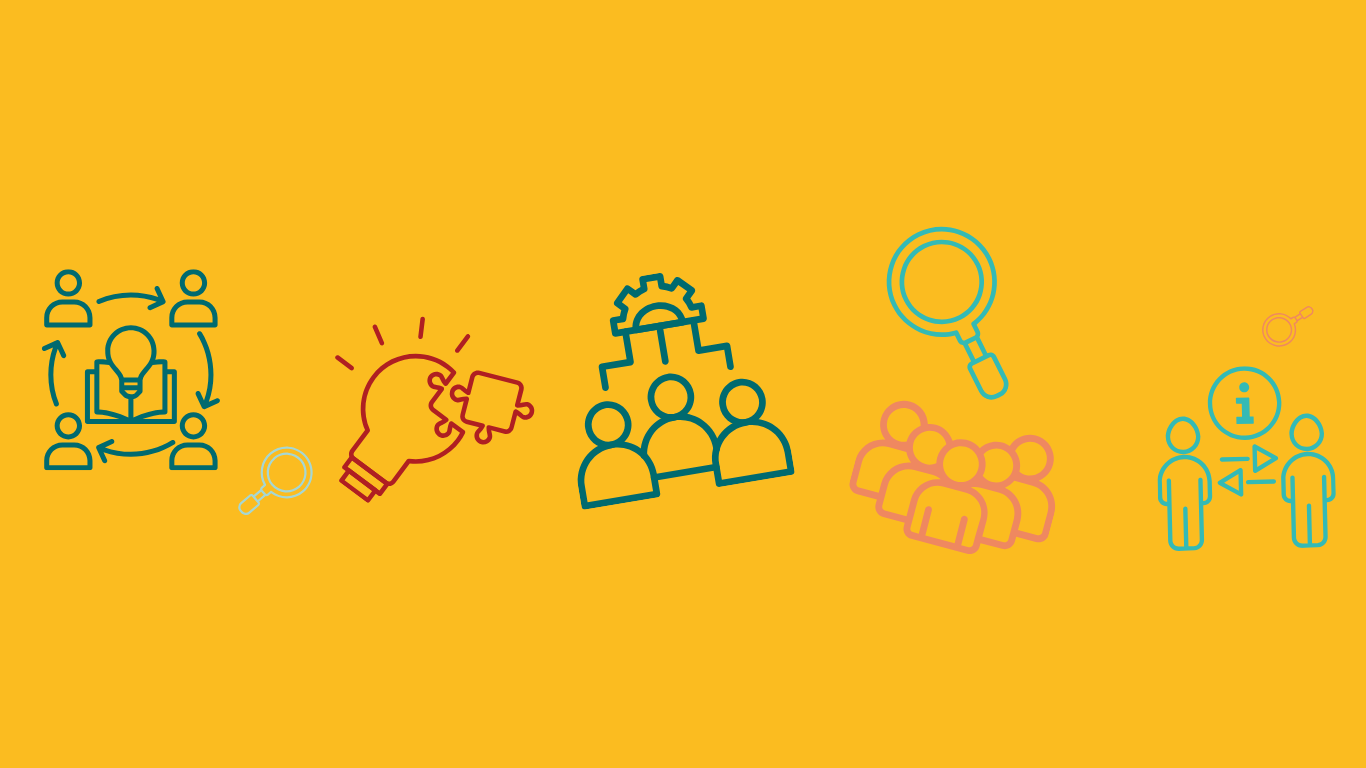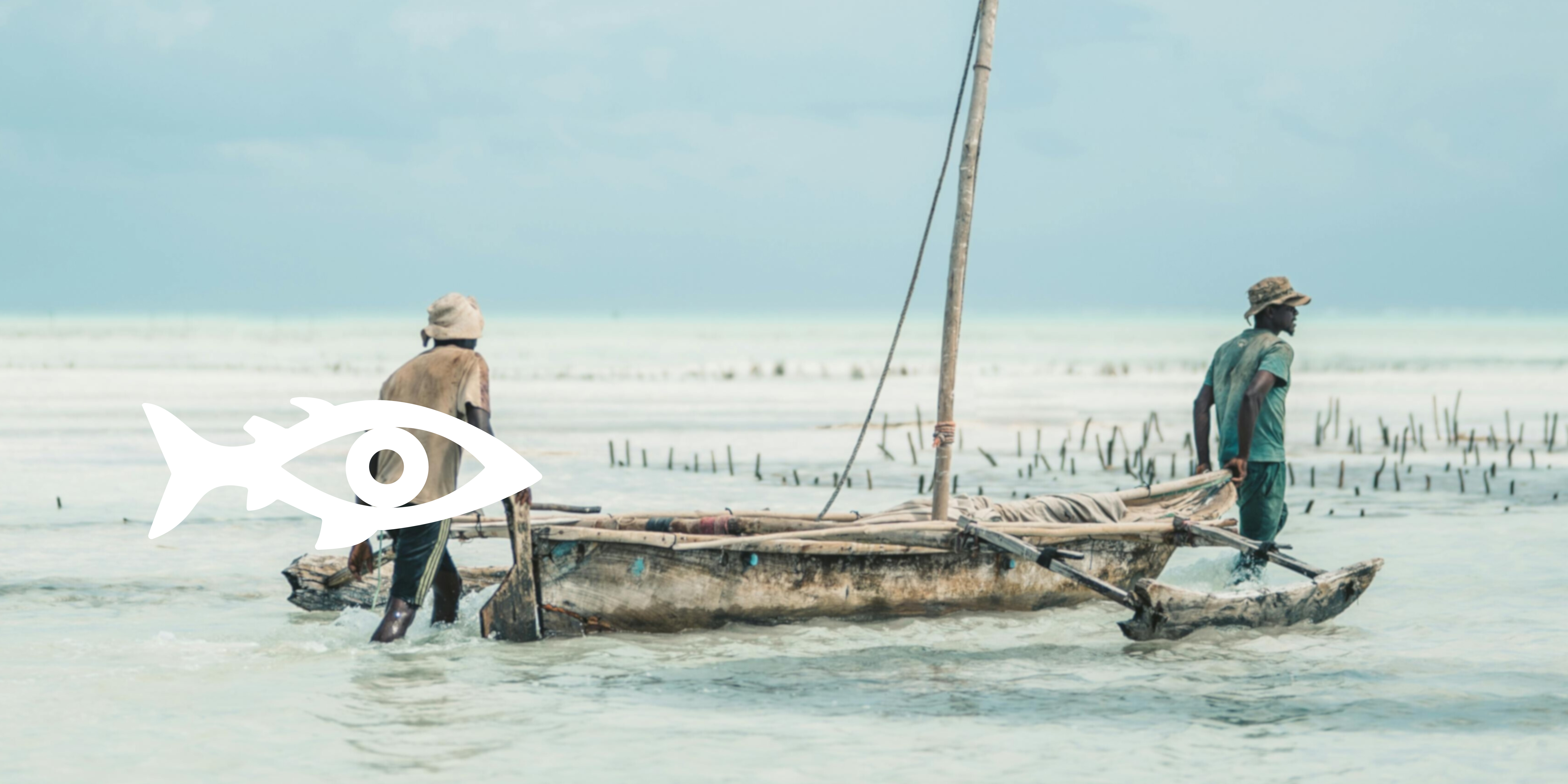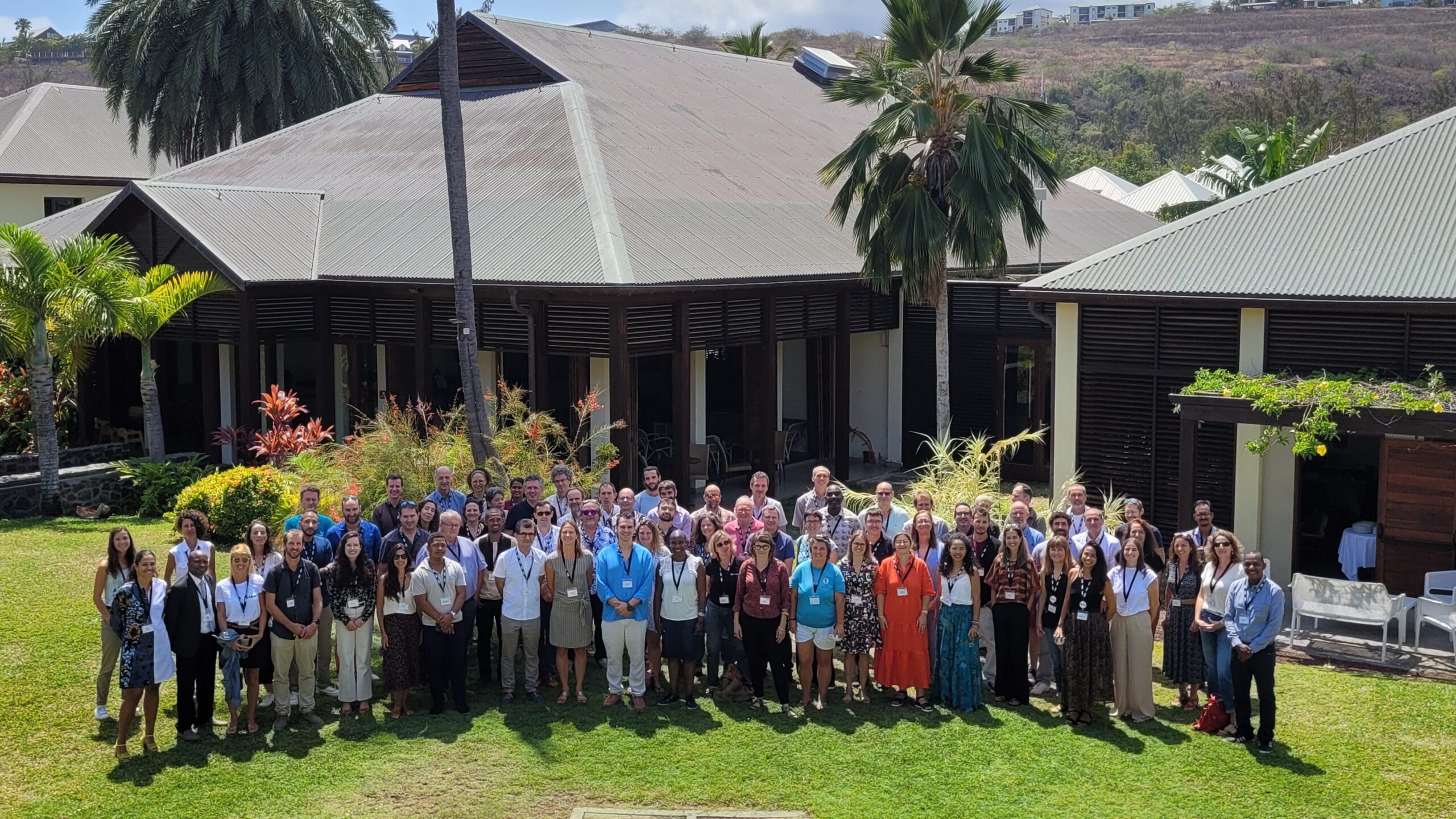
UNDERSTANDING BRIDGES CO-CONSTRUCTION
Co-constructing solutions: towards a participative and sustainable approach
Why and how to co-construct solutions?
One of the aims of the BRIDGES CO-CONSTRUCTION project is to develop participatory mechanisms for achieving sustainable and inclusive change. The idea is to involve the various stakeholders – researchers, managers, fishermen, citizens – in redefining shared management protocols, conservation measures and management plans tailored to the local realities of each site.
This process is based on three key participatory tools:
- Concrete management proposals for balanced environmental justice.
- Iterative multi-stakeholder dialogues to co-construct future scenarios, in conjunction with the other targeted projects. The different trajectories will be confronted and compared, to reduce possible divergences.
- Shared learning tools to support this co-construction. In particular, they will enable information to be shared effectively and encourage the circulation of ideas.
Shared learning tools: meeting a crucial need
Shared learning is based on a simple observation: for solutions to be effective and really implemented, they need to be built collectively.
The initial forms of participatory science, which are still widespread, are based on research needs for data, and rely on collection protocols designed by the research team and distributed to participants.
But more engaging forms have been developed: data produced is immediately shared between contributors, who are invited to comment on it, add to it, validate it or any other form of interaction relevant to the project’s dynamic. This methodological feature contributes to both the quality of the data produced and the commitment of the participants. In most cases, the community of contributors will use the data produced to develop the scope of the project. The data is enriched over time and all exchanges between contributors are preserved and form part of the data.
In this way, the tools developed as part of CO-CONSTRUCTION will not simply be observation platforms, but will mobilise observations, participants’ knowledge and collective intelligence. They will aim to facilitate:
- The knowledge sharing between everyone.
- The co-construction of indicators and monitoring methods.
- Collective decision-making through data that can be seen and annotated by everyone.
A structured method for developing these tools
The MOSAIC service unit at the Muséum National d’Histoire Naturelle (MNHN) is supporting the design and development of the digital tools.
This development follows a multi-stage method:
- Understanding the needs: Identifying the expectations of the various stakeholders in terms of data and information sharing. We need to take the time to understand what is at stake in the project and in participation, the robustness of the protocol, the user journey, etc. The following questions need to be answered:
- For the research: what data is useful or otherwise inaccessible, what determines quality data, what format should the data be presented in?
- For the participants: what questions do they have, what do they want to learn from the data deposited on the platform? How do they usually observe and remember? Are there any exchange networks to draw on?
- For the organisation in charge of running the platform, how can it become a professional tool for communication and animation linked to existing tools (publication of news, dashboard of participants and participation, datavisualisation, etc.).
- Co-design of tools: meeting user needs. Whenever necessary, the MOSAIC project team meets with all the project stakeholders and implements the most appropriate data collection methods: focus groups, workshops, creation of personas, field visits, etc. Gradually, the parties involved agree on a brief, a set of requirements, a set of specifications and mock-ups of the various screens on the platform.
- Technical development: Creating suitable platforms, with an intuitive interface and scalable architecture.
- Testing and validation: Experimenting with the tools in the field, gathering feedback and adjusting accordingly.
- Animation and monitoring: Ensuring dynamic interaction and regular updating of the platforms to guarantee their relevance.

Figure: Generic method followed by Mosaic for tool development
More news News


